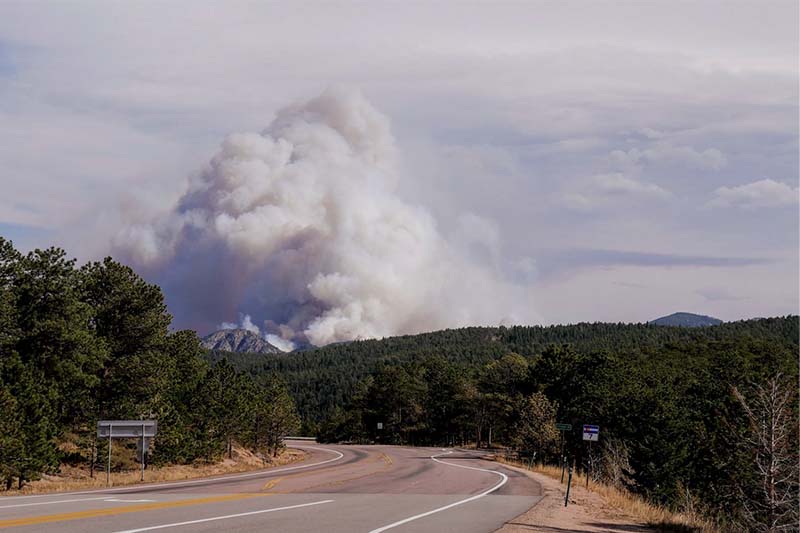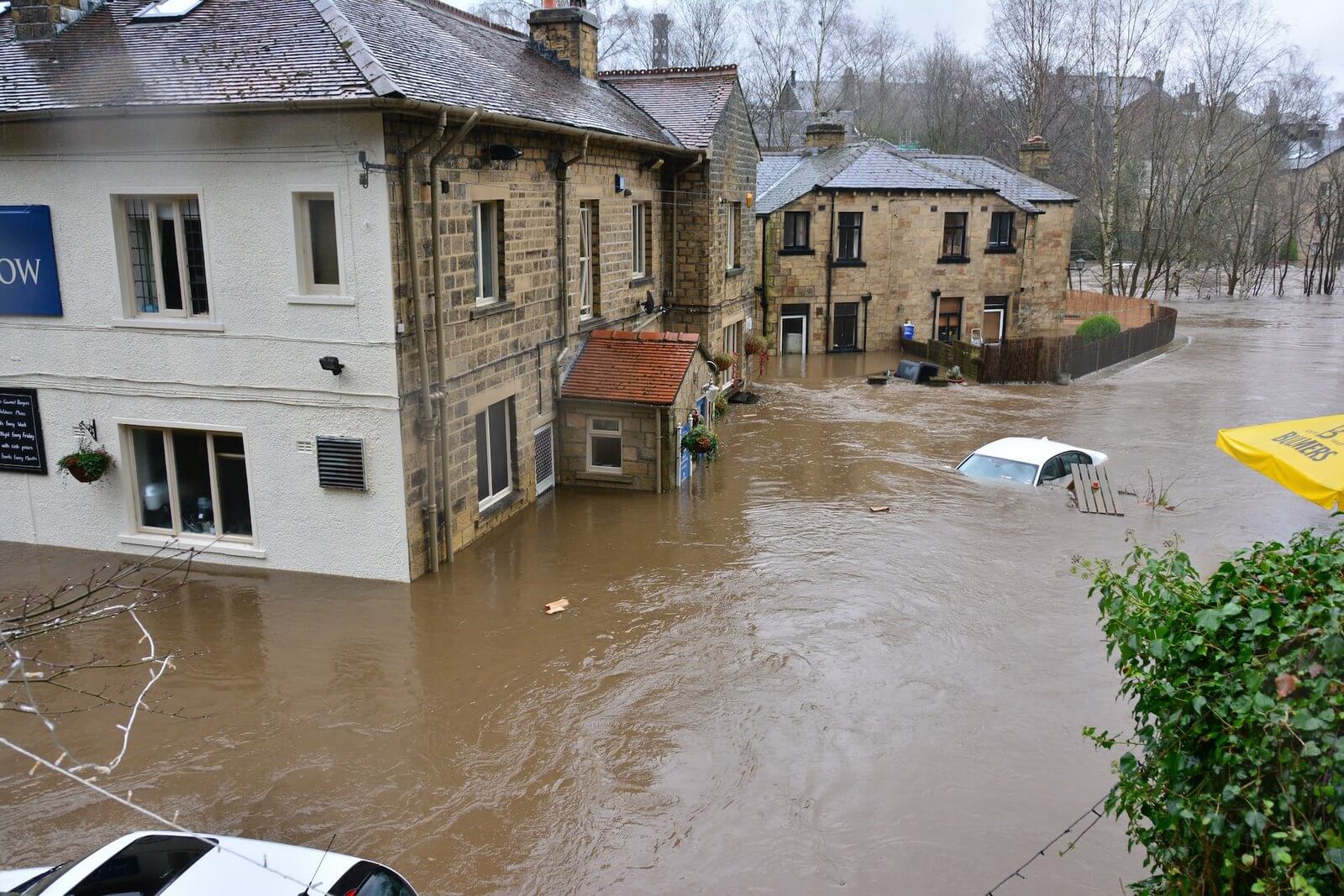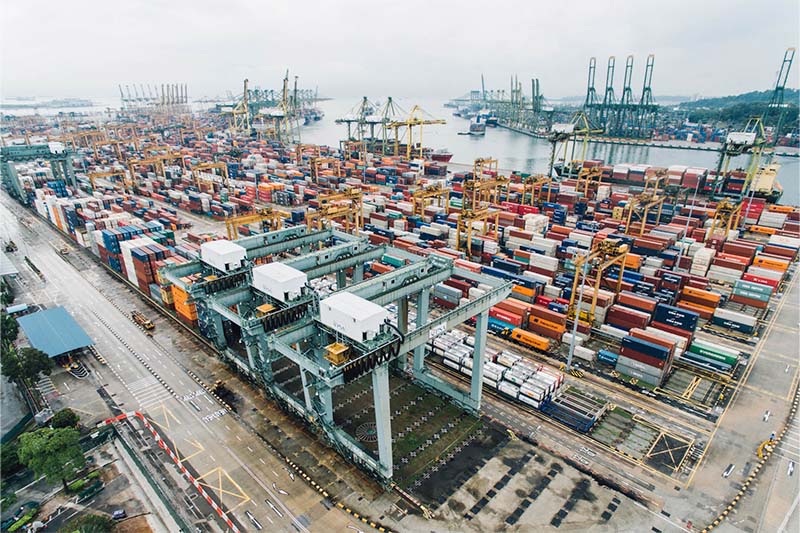
Events I expect in 2023 but stay vigilant
Going into the New Year, I expect the Disaster Forecast for 2023 will include some of the same trends as 2022. Although I cannot predict precisely what risks will escalate into disaster territory, I expect one, if not several, will spring from the categories below. Broadly, we will see a continuation of what we watched over the past few years. However, there is always a chance for the unexpected to occur — what crisis management is dedicated to.
So, if you missed my Risk And Snow Leopards piece from last year, I suggest you check it out. As professionals, we must stay aware of threats and continue horizon scans. The reality is that even for regional or local businesses, global events affect us all. Regardless of discipline, resilience practitioners must consider risks and develop appropriate controls. Additionally, it makes sense to understand and align with senior leadership’s concerns, which reports like Executive Perspectives on Top Risks for 2023 & 2032 can help you to do. Finally, blogs like mine and those of other experts can help to expand your thinking and hone in on what to watch for the year ahead.

Natural Disasters continue to rise in intensity
For most of us, natural disaster events are top of mind. Next to facility or technology incidents, we anticipate weather events that spiral into calamities will impact operations this year. The data indicates that this hazard type is on the rise globally. MunichRe registered 820 natural disasters causing insured losses in 2019 – three times as many as thirty years ago. Last year’s Hurricane Ian pushed upwards of $67 billion in the US alone. Yet, Hurricane Fiona impacted ten countries and was Atlantic Canada’s costliest storm, causing $660 million in insured damage.
2011’s Japan Earthquake and Tsunami had the highest economic cost of over $325 billion. Yet, we all saw its cascading adverse effects on lives, infrastructure damage, and environmental concerns. Much more must be done to protect, prepare, and increase readiness for catastrophes of this scope. Although we can’t always predict timing or impact, building resilience in our communities and business world will mitigate damage. Our best defense is to keep our companies ready and stay vigilant.

Economic downturn's global business impact
The Economist Group released its business intelligence report on the Risk Outlook for 2023. You can request a download of it here if you want to read it yourself. Their analysis runs through ten risk scenarios that they predict could reshape the global economy. They have some compelling arguments and data to back up their claims. From a possible resurgence of COVID to the war in Ukraine erupting into a worldwide conflict, none of their predictions are beyond the realm of possibility.
Overall, the economic forecast for the year looks grim. Regardless of which financial gurus you follow, the news isn’t good. As practitioners, we must expect that the year ahead will bring instability to our companies and the world. As such, be prepared for the combination of market corrections by the central banks, China, and influences from continued mortgage fluctuations or the European energy crisis to impact businesses directly. Any of these have the potential to explode into an escalating event. I recently wrote about How Economic Downturns Impact BCM, but the work directly correlates to organizational resilience.

Cyberattacks remain a real and present danger
Risks posed by natural disasters are tending losses upwards. But so are cyberattacks. I am already looking forward to the Allianz Risk Barometer for 2023. Unsurprisingly, I fully expect this peril to remain high on the list, especially ransomware events. Many groups published their predictions for the year, including Forbes, Cyber Security Hub, and TechRepublic. Of course, the major challenge for security professionals is anticipating bad actors and predicting what’s coming next.
Indeed, none of that is easy, but at least there is somewhat of a narrow focus in terms of direction. I like IBM’s definition that Zero trust is a framework that assumes a complex network’s security is always at risk to external and internal threats. Using this approach will be the main lever in 2023 to thwart the danger of targeted ransomware, insider threats, smartphone hacking, and third-party security threats. Mainly, with our increased reliance on remote working and technological platforms to support operational continuity, I expect nefarious persons to continue to profit from misdeeds. On the plus side, executives and boards are highly conscious of cyber threats, allowing for increased visibility and support.

Geopolitical and supply chain instability
Like me, you are tracking the global political instability rising after the pandemic. Russia took the opportunity to invade Ukraine, and China is eyeing a possible invasion of Taiwan. Adding to the mix, tensions are flaring between Turkey and Greece over the militarization of the eastern Aegean islands and a host of other issues. It could just be political posturing, but the threat of another war in Europe seems viable. It’s something to keep your eye on.
Then, there are the continued concerns about supply chain disruptions worldwide. China appears to have relaxed parts of its zero-COVID policy after the demonstrations in December. However, physical goods are not the only threat. There’s a recognized increased risk from downstream vendors and their software supply chain use.
An extreme winter in Europe could be disastrous
What I learned in 2022 was that even seemingly small-scale or minor-rated vendors significantly impact business operations in today’s economy. Then, extreme winter weather in Europe could further tighten the availability of commodities and fuel sources. Accuweather’s forecast anticipates that Southern Europe will have a snowier and wetter winter. At the same time, the North may gain an overall reprieve, but cold bursts are expected in the UK or Ireland. Furthermore, climatologists say La Niña is still undergoing strengthening and is predicted to continue through the rest of the autumn and winter months.
With people already suffering from increased energy prices and the threat of power shut-downs, it could be a nasty winter for many. Any increase in extreme weather could spill over into natural disaster events, unrest, supply chain shortages, or worse. Europe generally experiences mild winters compared to other regions, excluding the mountains. Yet, we are in an unprecedented time where even small negative shifts could push events into significant event territory.

Bonus round and final thoughts
As you know, my goal is always to distill complicated topics into a digestible format. Hopefully, I succeeded in this case. There is a wealth of information already out there, and more to come as organizations release their risk reports in the weeks ahead. However, this is my take on what to expect as we move into the first quarter and execute planning.
Overall, preparing for what’s ahead in the New Year is essential. As I stressed, the nature of crisis exemplifies that we can’t prepare for every scenario. However, this blog should put you on the right track to thinking about the perils that could put your organization most at risk. I appreciate your comments on whether you think I got it right. If not, add your top risk corners in the comment section below, and have a great start to the New Year.
Other areas of concern
Food instability remains on my radar, along with increased inflationary measures leading to civil unrest. We learned from the Russo-Ukrainian War that countries can and will use digital attacks to cripple a nation, along with conventional tactics. Any measures that influence or upset the delicate balance of our global economies could result in unprecedented outcomes.
Any of these could lead to disaster events that, if unchecked, could further damage societal ecosystems. I expect this is why the UK developed its Resilience Framework. Other countries will build their versions, much like with OpsRes. Even when nations remove themselves from interconnected systems, as with Brexit, there’s a realization of our reliance on each other. The same can be said about companies today, especially multinationals. Few businesses run without dependence on offshoring services or reliance on third-party services. It’s the best argument for resilience.
Did you know?
Disaster Empire blogs contain embedded links to source materials, articles of interest, videos, books, and training I recommend. Just click on the blue embedded link to access the resource.

1 thought on “Disaster Forecast for 2023”
As always, great perspectives